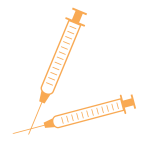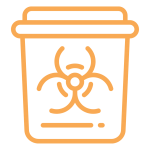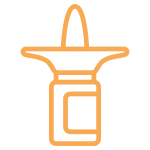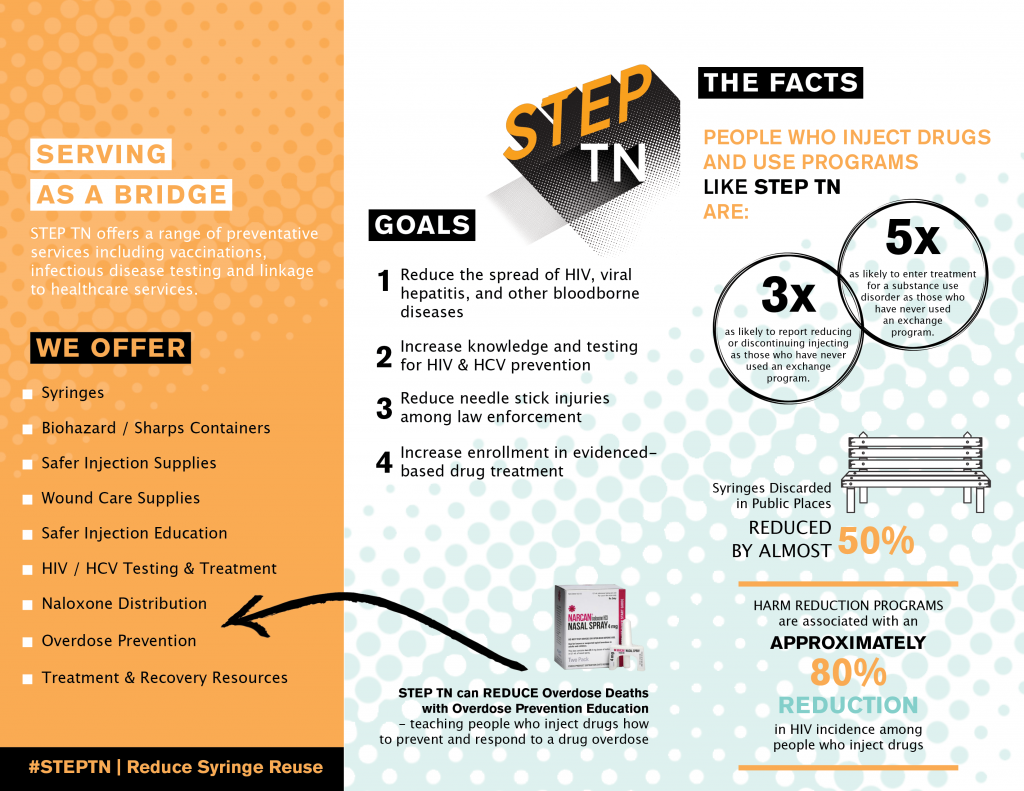
Syringe Trade & Education Program, known as STEP TN, is a harm reduction and education program for injection drug users developed by Cempa Community Care. STEP TN is designed to reduce the spread of HIV, Hepatitis C, and other blood-born infections, as well as, provide safe disposal of needles and syringes.

252,590
Syringes Dispensed

223,154
Syringes Collected

2,623
Naloxone Dispensed
Source: Cempa Community Care 2019 – 2020 Annual Report
STEP TN Promotes Health & Safety

Learn more about HIV, HCV & STI Testing Services
Naloxone Kits
Naloxone can be used to reverse an opioid overdose. When someone overdoses on opioids, their breathing slows or stops completely. If naloxone is used immediately, it can help them breathe normal and regain consciousness. Naloxone, in the form of a nasal spray, will be provided to participants during their first visit to STEP TN.
STEP TN Staff trains each program participant how to recognize an opioid overdose and how to use the nasal spray naloxone kit.
Emergency Response for Opioid Overdose
-
Assess the scene.
-
Determine if the person has stopped breathing, if their skin is turning blue or ashy, if their skin is cold or clammy, or if they are making gurgling or choking sounds.
-
Call their name, ask them loudly if they can hear you.
-
If no response, rub your knuckles into their breastbone for 5 to 30 seconds.
-
-
Call 911.
-
If you are with someone who has overdosed, call 911 immediately. Tell them you are with someone who has stopped breathing.
-
-
Administer nasal naloxone.
-
Remove blister pack from box
-
Insert long end all the way up nostril, then hit plunger to dispense.
-
Switch nostrils and repeat if the individual is still not conscious.
-
-
Check for breathing.
-
Give rescue breaths or do CPR if you have been trained.
-
Oxygen can keep a person alive even if you don’t have naloxone.
-
Stay with the person. Naloxone can wear off in 30 to 90 minutes and a person can re-enter a state of overdose if there are enough opioids in their system.
-
When the person wakes up, explain what happened.
-
If you need to leave, turn the person on their side to prevent choking.
-
Be aware that when people wake up, they may be disoriented, scared, or feel sick.
-
Locations & Hours
STEP TN Chattanooga @ The Impact Hub
4001 Rossville Blvd | Chattanooga, TN 37407
423.834.7374
Monday – Thursday 12:00pm – 4:45pm*
Friday 8:00am – 1:45 pm*
*STEP TN will accept clients until 4:45pm Monday – Thursday, and 1:45pm on Fridays. Please note, the Impact Hub lobby will be locked promptly at 5:00pm Monday – Thursday & 2:00pm on Fridays, and client services will be closed.
STEP TN Rural Outreach
Services begin Tuesday, May 10th @ 10:00 AM
Better Living Center
407 New Englewood Rd | Athens, TN 37303
Tuesdays 10:00am – 3:00pm
For questions and program information please contact Kendall Morgan @ 423.781.6686
ETSU ID Clinic
615 N. State of Franklin Road | Johnson City, TN 37604
423-930-8337 ext. 136 or 117
Tuesdays 1:00pm to 4:00pm
Participants are welcome to call ahead for alternative options for services and testing



